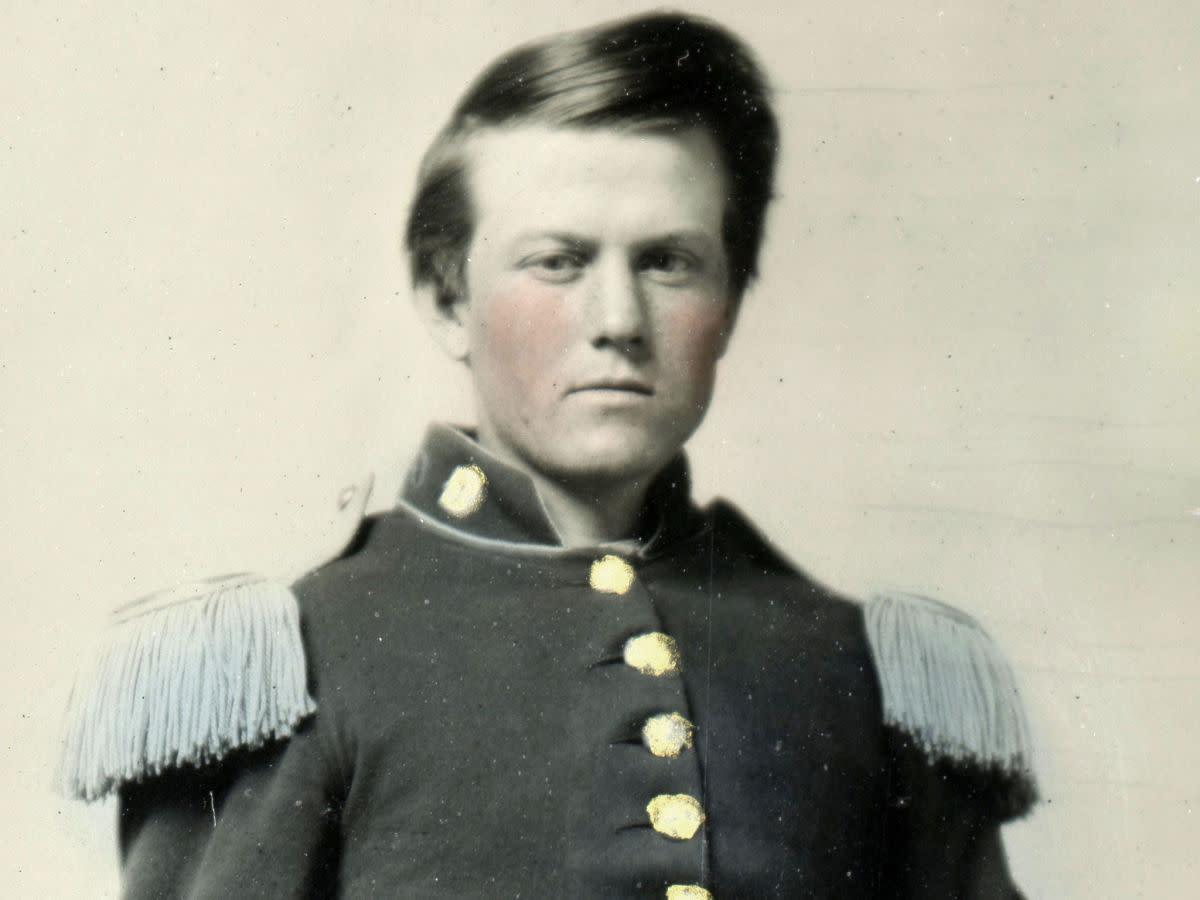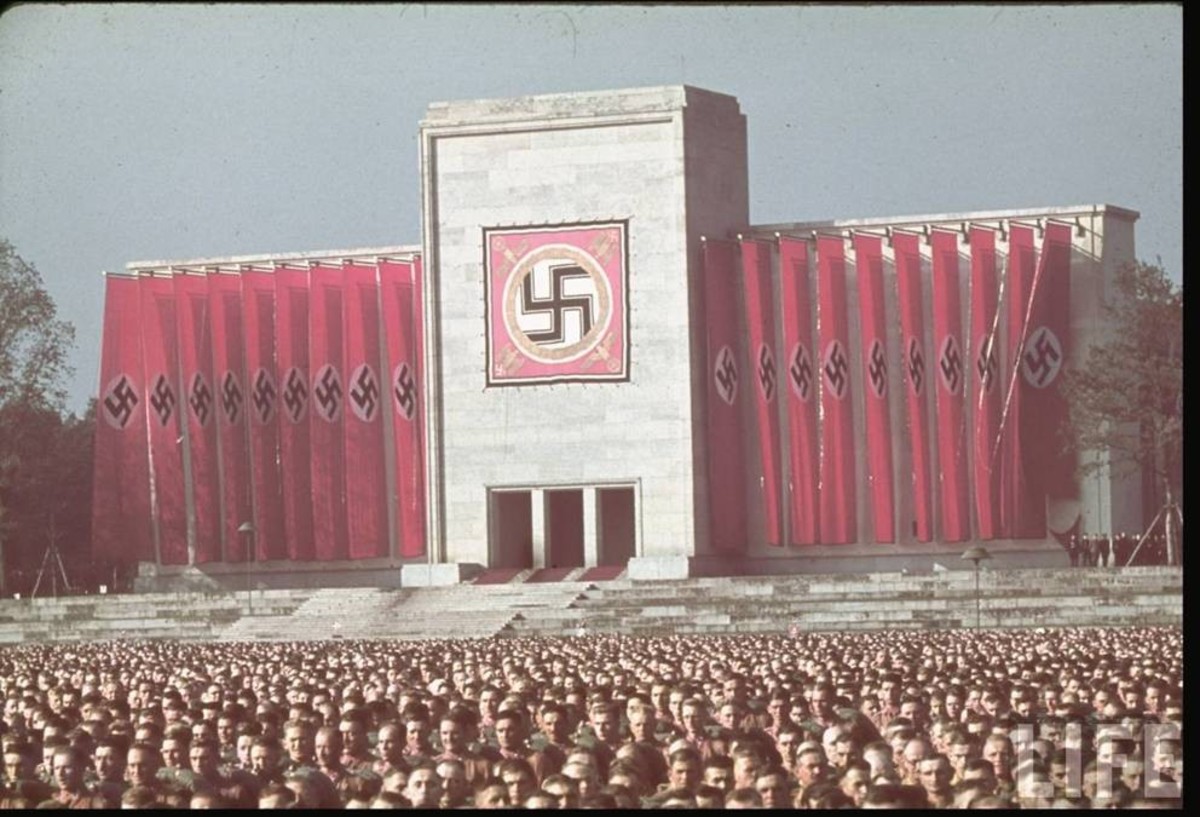- HubPages»
- Education and Science»
- History & Archaeology»
- History of the Modern Era»
- Twentieth Century History»
- World War II
American GIs : Liberators' View of the Survivors

First Encounters
When the liberators first saw the camp survivors, they were more than emaciated and ill; many of them were, by modern civilized standards, incredibly filthy. Many were covered in dirt, in excrement, smelled foul, and covered their bodies with little more than soiled rags. Their condition was not accidental, not due to a scarcity of clothing or cleaning supplies. Their condition was deliberate, purposeful, imposed upon them by their Nazi captors.
The Nazis systematically dehumanized their prisoners, in part out of complete disregard for those they deemed sub-human, in part to make it easier for guards to abuse and mistreat the prisoners. There is a natural and fairly universal revulsion felt for those who are unclean; prisoners who looked and smelled abominable could more easily be categorized as less than human and easily treated as less than human.[1] This revulsion might affect anyone.
Possibly, some American GIs were revolted by the look and smell of the survivors, and may have viewed them as less than human. Robert Abzug, in his book Inside the Vicious Heart: Americans and the Liberation of Nazi Concentration Camps, emphasizes the negative reactions of American soldiers confronted with camp survivors. Abzug describes a process, "psychic closing-off," which allowed ordinary soldiers to cope with the extraordinary horror of the concentration camps.
[1]Terrence Des Pres has written extensively on this subject. See, in particular, the chapter on "Excremental Assault," in his book The Survivor: Anatomy of Life in the Death Camps, 55-80.
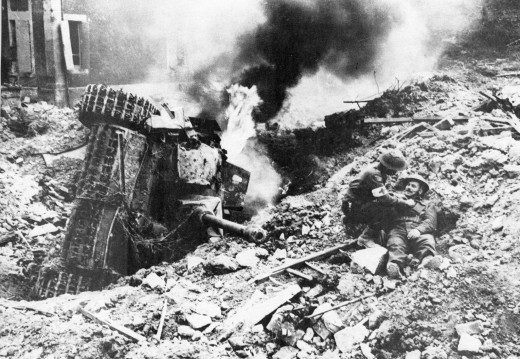
A Contrary and Negative Assessment
He believes that many liberators distanced themselves from the survivors and were unable to view them or treat them as if they were human,[1] and that, as a coping strategy, soldiers repressed their emotions because they needed the camps to be ordinary, within the realm of their normal world.[2] To admit the survivors were fully human would be to recognize that the same thing could happen to any human being. So soldiers who struggled with this realization might view the survivors as creatures, sub-human, animalistic, as a way of distancing themselves from an emotionally traumatizing situation.[3]
Abzug writes, "The gulf of experience and expectation that lay between liberator and survivor, the different world that made battle-weary Americans innocents by comparison, disoriented and disturbed even those most ready to embrace the victims of Nazi terror. An almost unbearable mixture of empathy, disgust, guilt, anger, and alienation pervaded each entry into a camp, compounding the palpable horror that greeted the liberator in each barracks and on every parade ground."[4]
Abzug emphasizes the reactions of disgust and alienation toward the survivors, almost to the exclusion of empathy and compassionate concern for the victims.[5] He also describes soldiers who avoided those in the worst physical condition, preferring instead to work with healthier survivors.[6]
[1]Abzug, 40.
[2]Abzug, 56.
[3]Abzug, 44.
[4]Abzug, 44.
[5]Chapter 5 addresses the anger and rage liberators felt for the Nazi perpetrators and the ways in which they expressed their feelings.
[6]Abzug, 58.
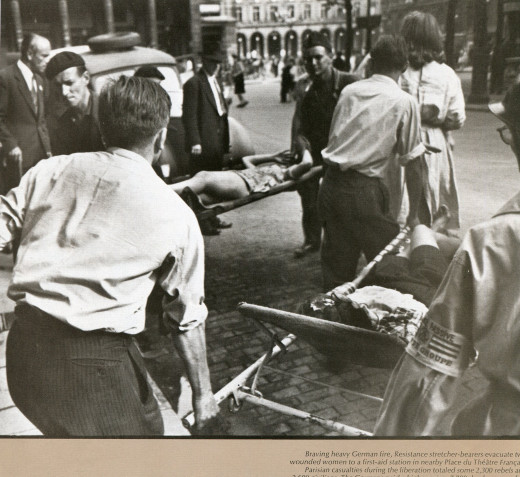
Chronology Matters When Interpreting History
There is some merit to Dr. Abzug's conclusion; however, two different groups of American soldiers worked with the liberated concentration camp inmates. The first group, whom I refer to as liberators, first encountered the survivors in the final weeks of the war; they saw the full horror of the camps and were acutely aware of the treatment meted out to the camp inmates by the Nazis. The second group consists of the occupation army, soldiers trained to handle civil affairs and military government in defeated Germany. Most of these individuals never saw the camps in their original condition and never separated the living survivors from among the countless dead.
The work of cleaning up the camps and disposing of the bodies was largely accomplished by the time they arrived. Occupation troops were, by mid-summer, still dealing with very frustrated and impatient Jewish DPs (former concentration camp inmates) long after the DPs of all other nationalities had been repatriated.[1]
I do not doubt that these men were disgusted by the survivors' behaviors, and perhaps revolted by their still poor physical appearance, but we should not confuse their reactions, which were substantially less sympathetic, even callous, with the reactions of the initial liberators and witnesses.[2] The bulk of the testimony cited in Inside the Vicious Heart comes from occupation troops, newspapers, and magazine reports; little testimony comes from the liberators, the men who first entered the camps.
Liberators, as a group, did not think of the survivors as animals, creatures, or sub-humans. They were certainly sickened and revolted by the conditions in which the camp inmates had been forced to live, but this did not lead to any wholesale rejection of the survivors themselves. Only the smallest handful of liberators described the victims as sub-human or animal-like.[3]
[1]Bridgman, 72.
[2]Gitta Sereny mentions this phenomenon. "The fighting troops were very soon replaced by occupation personnel, men who had not experienced the discoveries made by the armies that had actually entered German-held territories at the end of the war. These men on the whole had a different attitude toward the Germans...on the whole US [occupation] personnel soon felt considerably more sympathy for the Germans than for their victims. For the latter they often maintained a condescension bordering on insolence, and a distrust in their individual and collective integrity...." Into that Darkness: From Mercy Killing to Mass Murder, (London: Andre' Deutsch Limited, 1974), 268.
[3]Birnbrey, 1, Berry, 1, Emory; Meyer, 1, Wilson, 1, Marks, 2, Q-Ast.
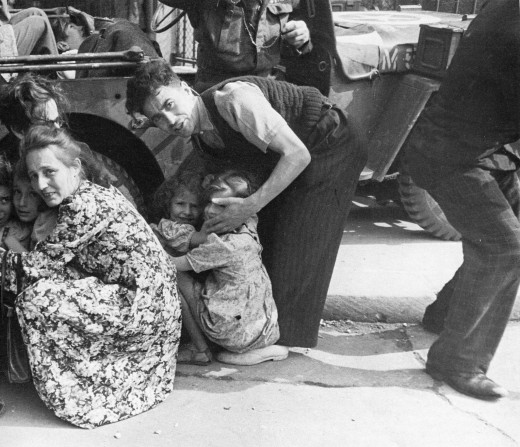
Appalled, Saddened, and Horrified
The overwhelming majority of the liberators did not view the camp inmates in those terms. American soldiers saw the dreadfully sick, abused, and dirty survivors as fully human, and they treated them with the care and respect due fellow human beings.[1] Liberating soldiers went to great lengths to treat the survivors with patience and kindness and their most often mentioned feelings were sorrow, compassion, pity, and sympathy.[2]
Captain Reuben Soldinger, present at Woebbelin concentration camp, recalled, "I was heartbroken to see the dead and near dead in the camp...."[3] PFC Sam Platamone described his feelings. "I felt an infinite sorrow for the victims....I never thought of the camp prisoners as being anything but what they were--human beings."[4] A witness at Buchenwald, Captain Melvin Rappaport wrote, "our fellow soldiers treated them in a kind way. Everyone was upset, disturbed by the unbelievable sights--all beyond description. We felt sad--looking at those unfortunate victims.[5]
Liberators were frequently able to draw a connection between the horrendous treatment suffered by the camp inmates and their continuing, less than desirable behaviors.[6] Rather than being surprised and offended by survivor behaviors, as were many occupation troops, they understood them, understood their source.
[1]Rappaport, Letter to Theresa Ast, October 1993; Barker, 3, Dunagan, 8, Margolis, 3, Wehmoff, 21, Bates, 3, Emory; McFarland, 27, Long, 1, Blake, 4, Moore, 1, Gibson, 1, Goodin, 2, Day, 23, Soldinger, 2, Coulston 1, Jecklin, 1, Q-Ast.
[2]Adzick, 3, Soldinger, 2, Jones, 1, Blake, 4-5, McKeithen, 19, Jecklin, 1, Q-Ast; Wehmoff, 21, Barker, 3, Lovelady, 2, Reilly, 6, Spruill, 10, Russ, 3, Braun, 6, Samuelson, 2, De Haan, 2, Weston, 11, Allison, 8, Emory; Corporal Homer Posch (82nd Airborne), Staff Sergeant Norbert J. Badten (89th ID), PFC Lucas C. Martin (103rd ID), Corporal William F. Borda (82nd Airborne), LTC Adolph F. Warnecke (82nd Airborne), Sergeant Robert L. Leslie (103rd ID), World War II Surveys, MHI; Rappaport, Letter to Theresa Ast, December 1993.
[3]Soldinger, 13, Q-Ast.
[4]Platamone, 2, Q-Ast.
[5]Rappaport, Letter to Theresa Ast, December 1993 (emphasis original).
[6]Atkins, 3-4, Q-Ast; Paul Bruce Marks, Manuscript, The 130th Evacuation Hospital, 1944-1945, World War II Collection, MHI; Margolis, 7-8, Emory; PFC Harold Leon Snow (99th ID), World War II Surveys, MHI.
[7]Pletcher, 71st Came, 8.
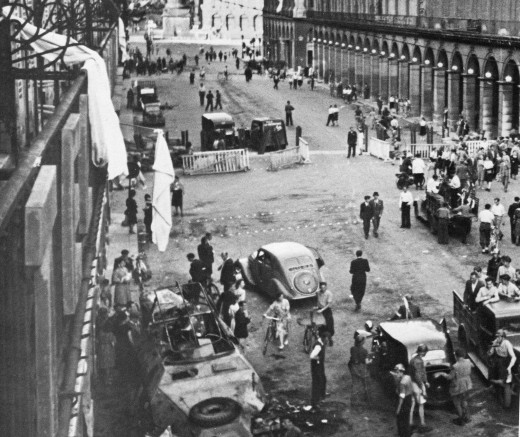
Compassion, Care, and Concern
One of the liberators of Gunskirchen Lager, Captain J.D. Pletcher wrote, "I want to make it clear that human beings subjected to the treatment these people were given by the Germans results in a return to the primitive....the deliberate prolonged starvation, the indiscriminate murder on little or no provocation, the unbelievable living conditions gradually brought about a change in even the strongest [inmate]."[7]
Liberators were more tolerant of the appearance and behavior of survivors; they were able to view them in the context of the worst excesses of the concentration camp system, something soldiers arriving on the scene later would have difficulty doing.
Dr. Abzug has identified a reaction pattern of some men who worked with the survivors in the first few months of the Allied occupation of Germany many of whom never saw the initial and most severe conditions in which inmates lived. However, the responses and attitudes of most liberators, who were certainly sickened by what they saw in the camps, were overwhelmingly positive; the great majority of them treated the survivors with the kindness and compassion which all human beings deserve.[1]
[1]Testimony drawn from numerous World War II Surveys, letters, diaries, journals, memoirs, oral history tapes and transcripts. A generous majority of the 475 eyewitnesses who described their, and their fellow soldiers' reactions to the survivors, confirm this finding.
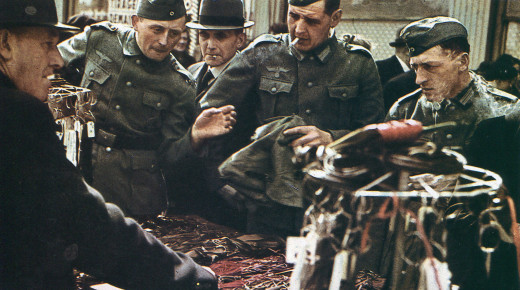
Related Historical Essays and Articles
- Civilians Murdered During the Holocaust - Europe Dur...
We are all familiar with the number Six Million, representing the best estimate of the number of Jews murdered by the Nazis during the Holocaust. We are less familiar, some of us unaware of the total number of people exterminated by the Nazis, 22,000 - World War II -- Oppression, the Holocaust, the Natu...
Pondering what the German people knew at the time about the Nazi goals and activities can lead to a number of questions which are relevant for us today. - Children's Holocaust Memorial ~~ Six Million Paper C...
There are many museums and memorials dedicated to the Holocaust in America. This is the amazing story of a memorial created by the students and faculty of Whitwell Elementary School, Tennessee. - Student Resistance in Nazi Germany ~~ The White Ro...
Sometimes we assume that Germans passively accepted Nazi rule, when there were a number of opposition and resistance movements. Many of these courageous men and women sacrificed their lives. - American Soldiers Liberate Nazi Concentration Camps ...
When they first entered the Concentration camps, what did American Soldiers do? What were they prepared to do? As the liberators were ordered to move forward to their assigned military objectives, who replaced them? Essay based on government document




